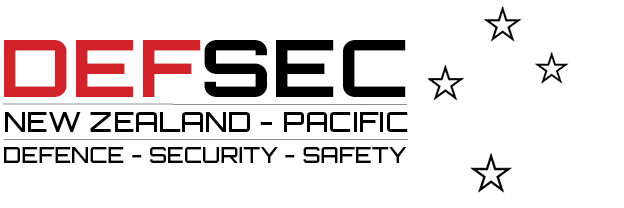
The people of the NZDF are highly trained and effective, and above all they’re culturally aware and empathetic. They add value wherever they go. But for too long, writes Minister of Defence Ron Mark, they’ve been stretched too thinly.
I recently travelled to Timor-Leste for the 20th anniversary of INTERFET. 20 years ago the people of Timor-Leste were under attack from militia forces following the vote for independence.
The intervention by a multi-national force of peacekeepers managed to stabilise the situation and put Timor-Leste on a path to peace and prosperity. There have been a few speed bumps on the way, but I’m happy to report that from what I saw Timor-Leste is a nation going from strength to strength.
Back in the days of INTERFET New Zealand deployed an entire battalion, which we rotated six times. The Air Force deployed helicopters, as well as transport aircraft and our Navy sent the frigates Te Kaha and Canterbury and the tanker Endeavour. We were a vital and valued component in the peacekeeping effort.
However, since those days our Defence Force, and in particular our reserves, have been run down to a point committing a force of that strength for that length of time would be a difficult task. There are many reasons why we’ve got to this point.
But, what’s important is we have a plan to fix it. One of the key parts of the recently released Defence Capability Plan 2019 is a goal to increase the number of personnel in the Army to 6,000 by 2035. This will be mainly at the frontline level. We also plan to steadily increase the numbers we have in the Navy to meet the demands of the new ships we plan to bring online in the next 10 years.
Our people are our strength and for too long the frontlines of our Defence Force have been neglected in favour of back office functions. The civilianisation project led by the National Government cut many of our experienced NCOs and officers and replaced them with consultants and contractors. It lowered morale, increased attrition and took years to recover from.
We’ve never really caught up, but I think if we stay on the course we are now then we’ll get on top of the problem in the coming years.
Meanwhile, we know from our Strategic Defence Policy Statement that the need to make another Timor-Leste style intervention is increasingly likely, due the complex array of challenges facing the Pacific region. And our climate crisis assessment released last year highlighted the pressure that will be placed on the natural environment and scarce resources of Pacific states as a result of climate change.
We must be prepared to intervene and restore peace in our region – which is why under the Coalition Government’s Pacific Reset we now consider it as high a priority as operating at home or the Southern Ocean. We must also be able to contribute to operations globally, in support of an international rules based order that we rely on for our security and prosperity, and is coming under increasing pressure. We must be better prepared to respond when natural disasters strike, including at home.
The Defence Capability Plan 2019 is more than purchasing long overdue new kit for the Defence Force. It about creating a Defence Force fit for the modern world, across our Army, Navy and Air Force, and which can step in to help when our friends in the Pacific need us the most.
One of the things I heard in Timor-Leste was how valued we are for the way we went about our work during INTERFET. This value is echoed whenever I speak to my Pacific counterparts at bilateral meetings and international events.
The people in New Zealand’s Defence Force are our greatest asset. They’re highly trained and effective, but above all they’re culturally aware and empathetic. They create value wherever they go, but for too long they’ve been doing this while stretched thinly.
After years of deferred decisions, this is why the historic levels of investment the Coalition Government has made in defence this term is so important, with more than $2.5 billion allocated already. And the Defence Capability Plan 2019 provides the roadmap for what is to come.
Right now, I am focussed on building the case for some of the highest priority investments contained in the Plan – the replacement of our aging Hercules, modern Protected Mobility vehicles for our Army, and a low-end domestic and regional air surveillance capability to complement the P-8A Poseidon fleet.
We have a fantastic opportunity to create the Defence Force we need to tackle the challenges our nation and the Pacific will face in the coming decades, and I am committed to seeing the task through.









